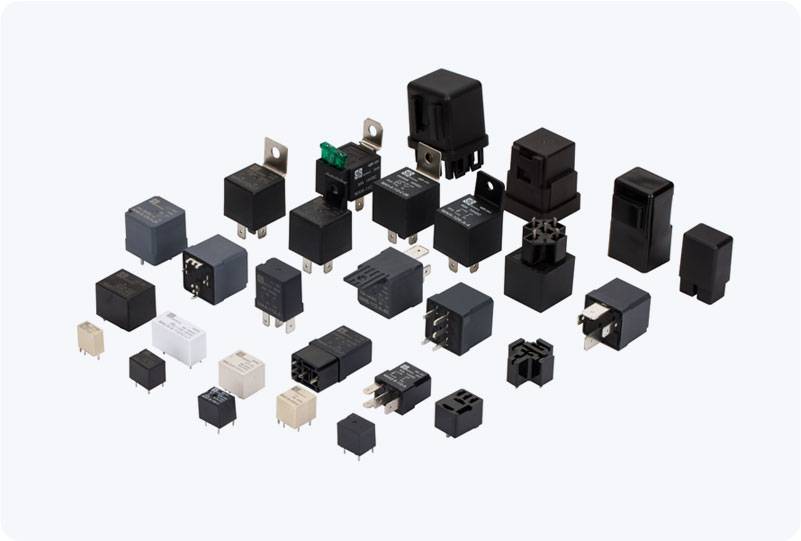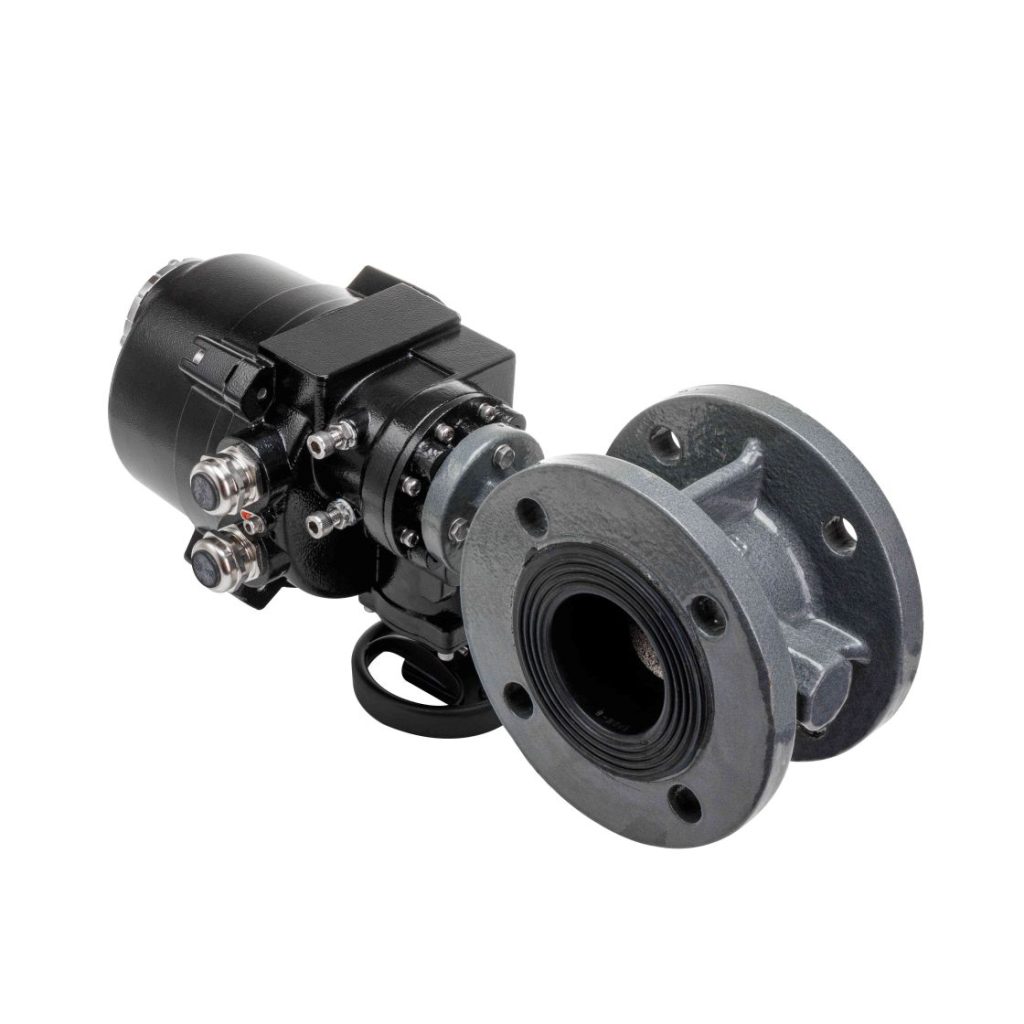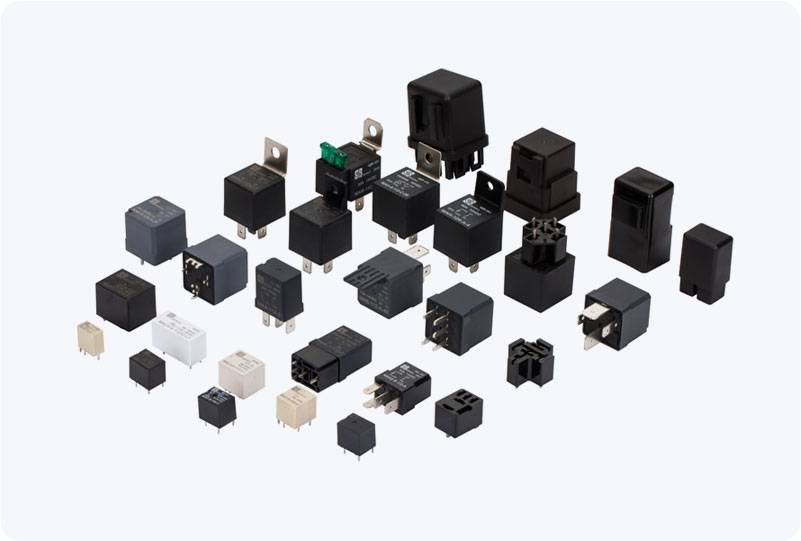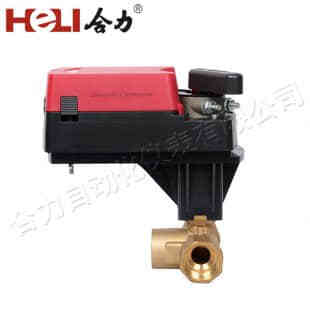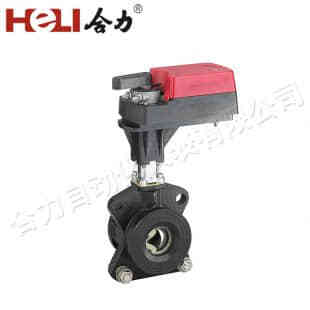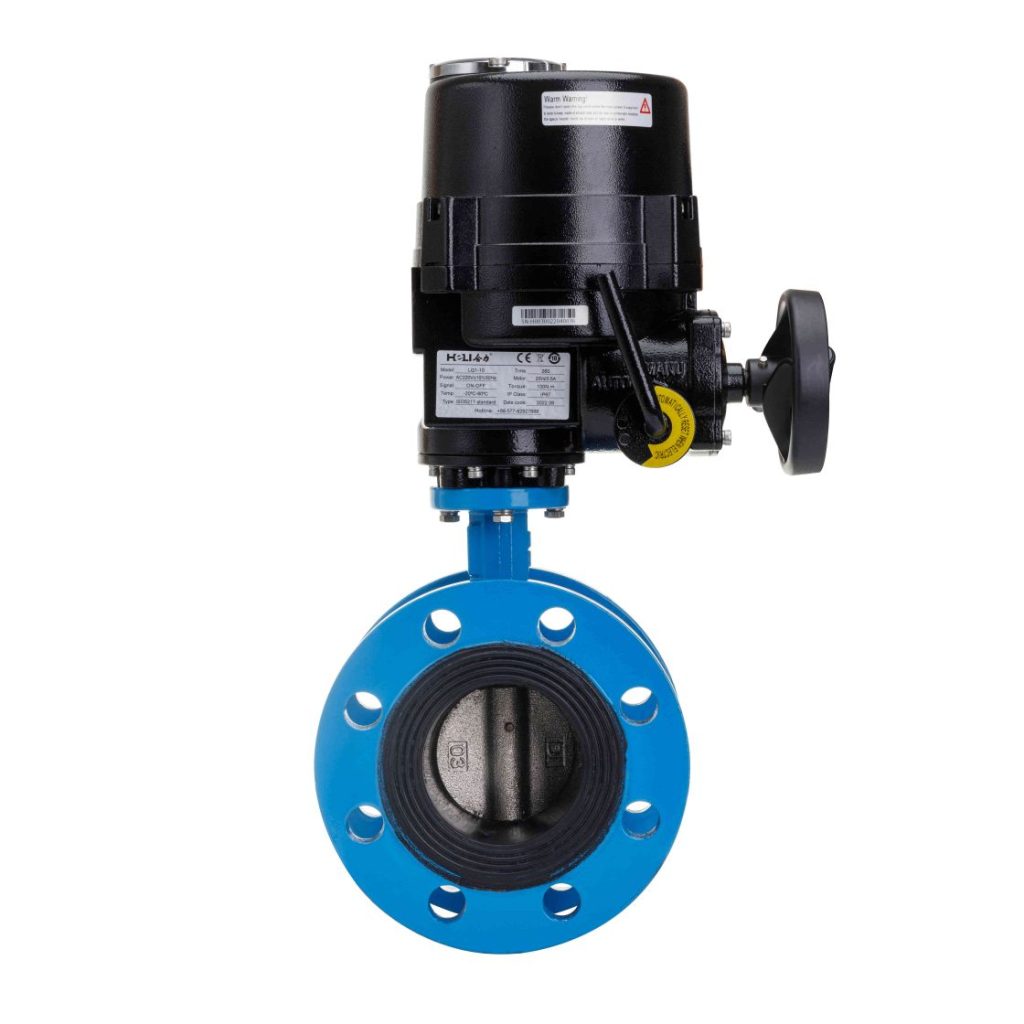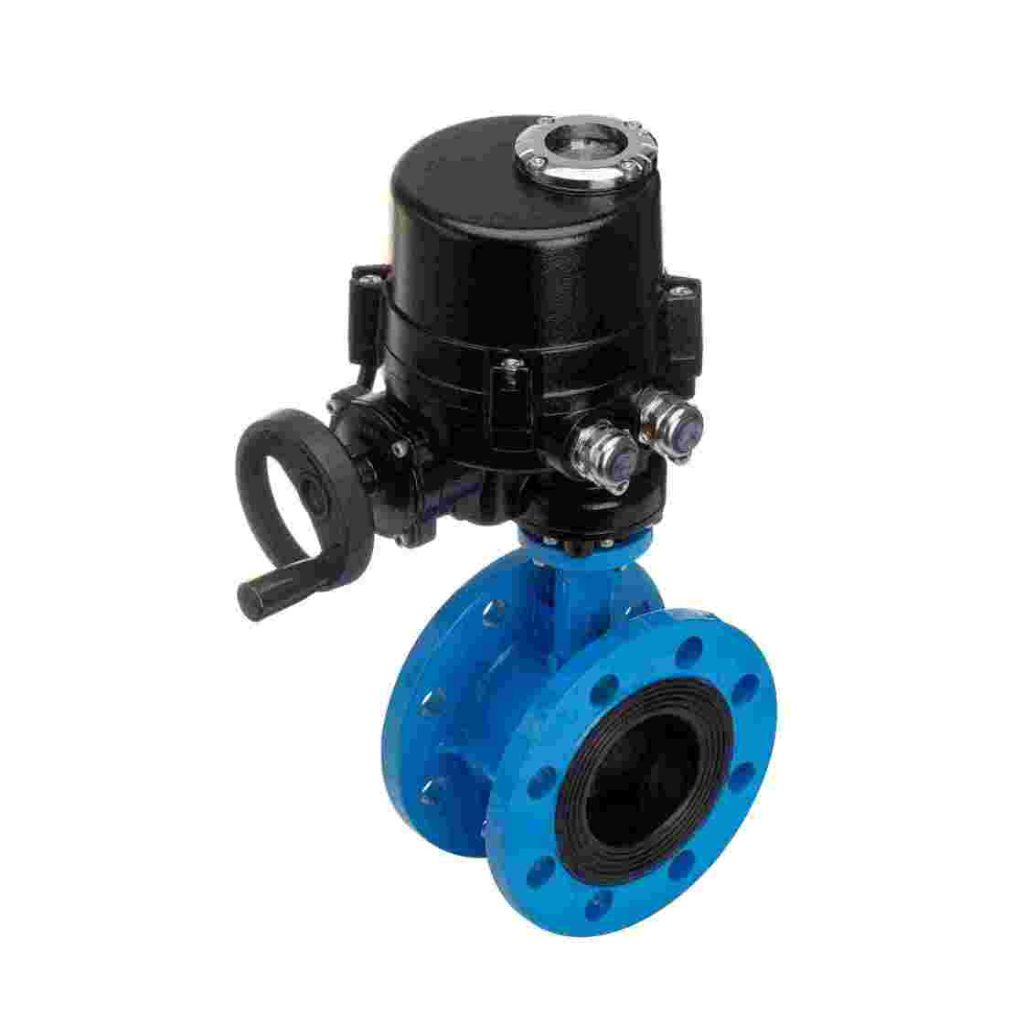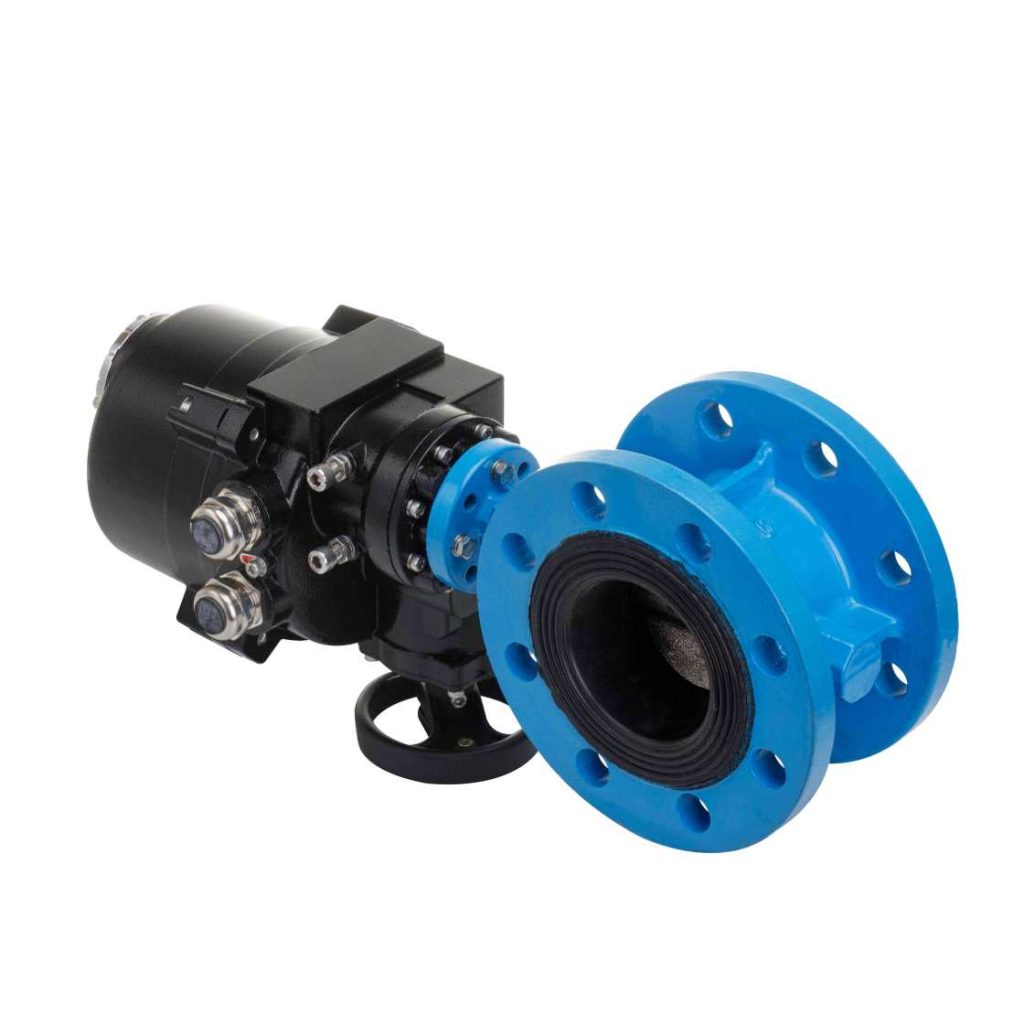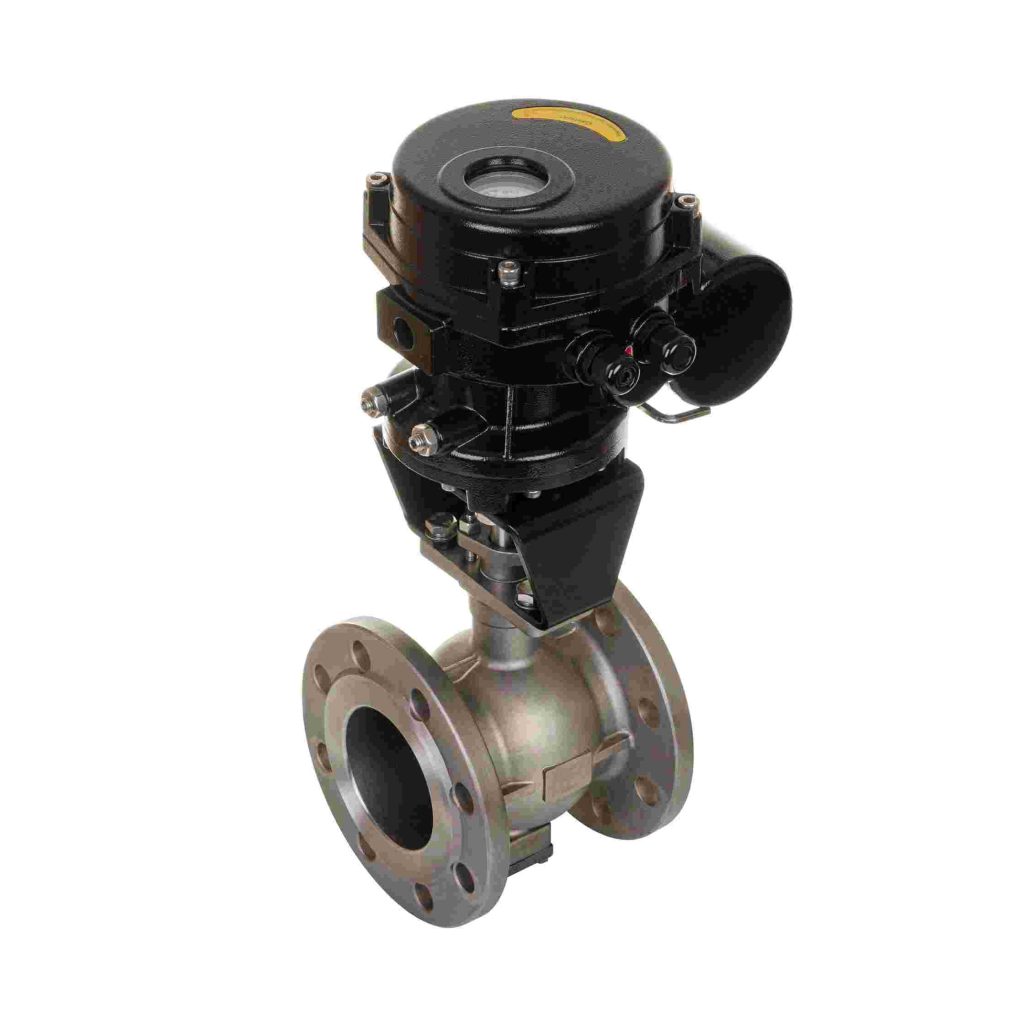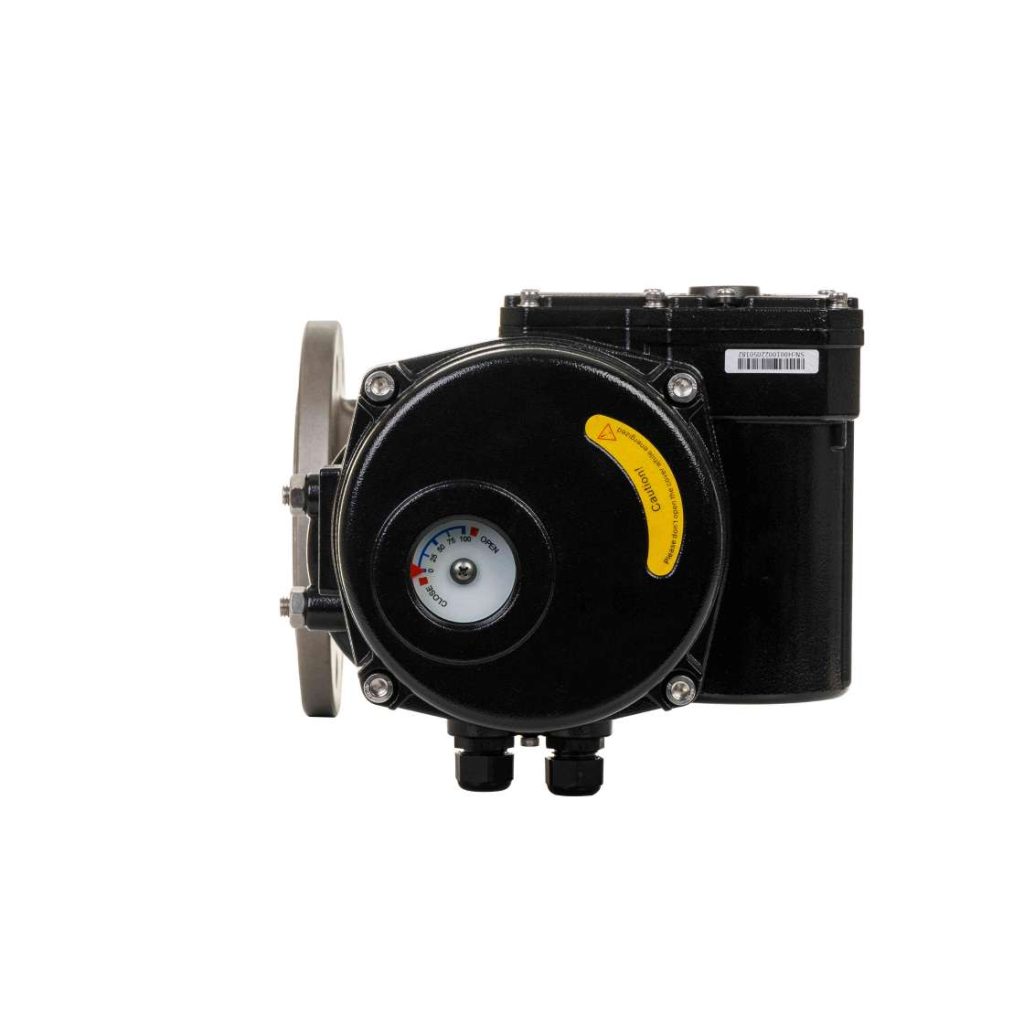Electric vehicles (EVs) have gained significant popularity due to their eco-friendliness and energy efficiency. One crucial component that ensures the proper operation and safety of EVs is the EV Main Contactor Relay. This article explores the role of the main contactor relay in electric vehicles, its functions, and the importance of its design and reliability.
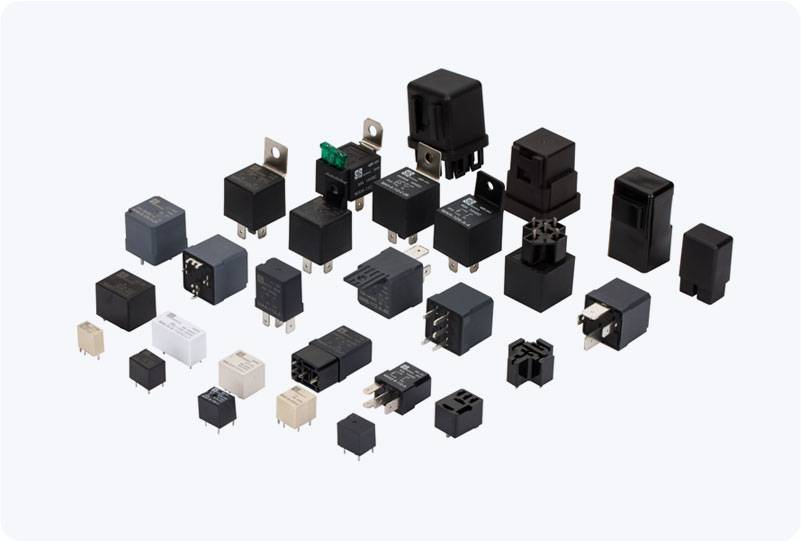
What is the EV Main Contactor Relay? The EV Main Contactor Relay is an essential part of the electric vehicle’s electrical system, responsible for controlling the flow of electricity between the battery and the electric motor. This relay acts as a switch that either allows or cuts off the electrical current based on the vehicle’s operational needs. By doing so, it plays a pivotal role in ensuring that the power from the high-voltage battery is delivered efficiently to the motor when needed. In simpler terms, the main contactor relay serves as the bridge between the battery and the electric motor, making it a key safety feature of electric vehicles. It is used to prevent electrical faults, protect the vehicle’s components, and ensure the efficient use of energy.
